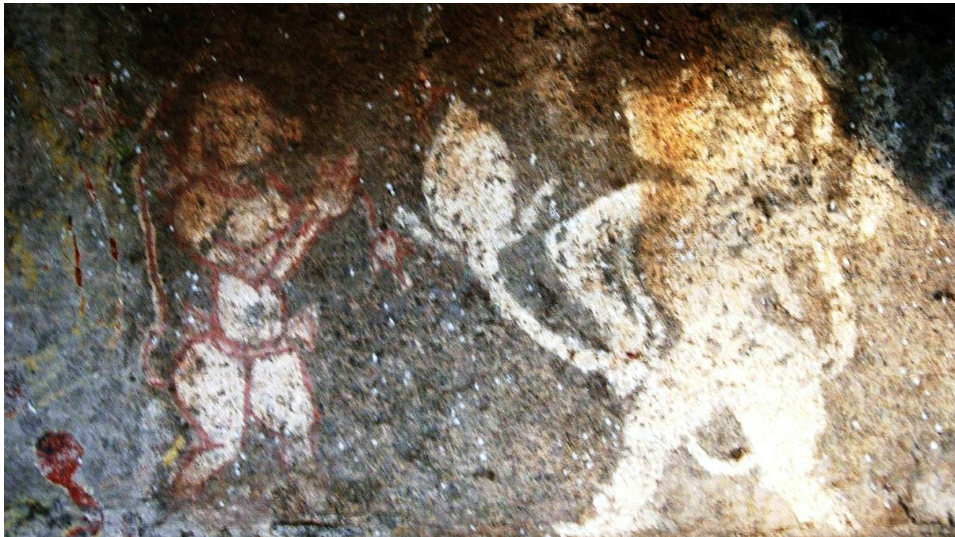Free Courses Sale ends Soon, Get It Now


Free Courses Sale ends Soon, Get It Now



Disclaimer: Copyright infringement not intended.
Context
Kakatiya Artistic Legacy and significance
Rudragiri hillock
Caves
First cave
Middle cave
Third cave
Similarity with Telangana
|
Fresco Mural
|
|
PRACTICE QUESTION Preservation of the unique murals at Rudragiri hillock in Andhra Pradesh will benefit the future generations in understanding the history of Kakatiya culture. In this context Justify the cultural and historic significance of these ancient artworks discovered. (150 words) |
© 2024 iasgyan. All right reserved